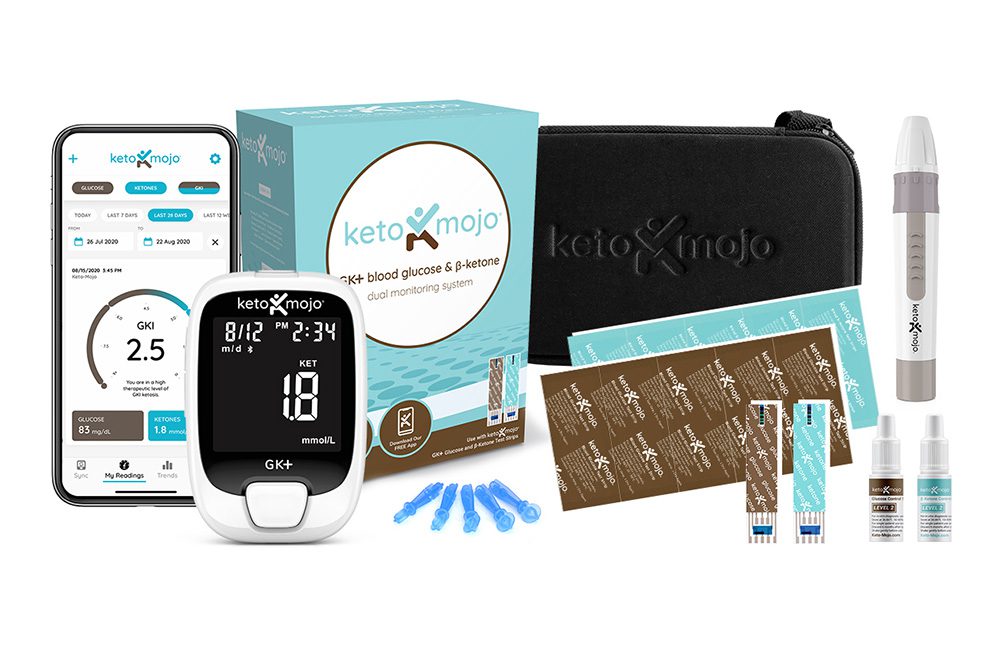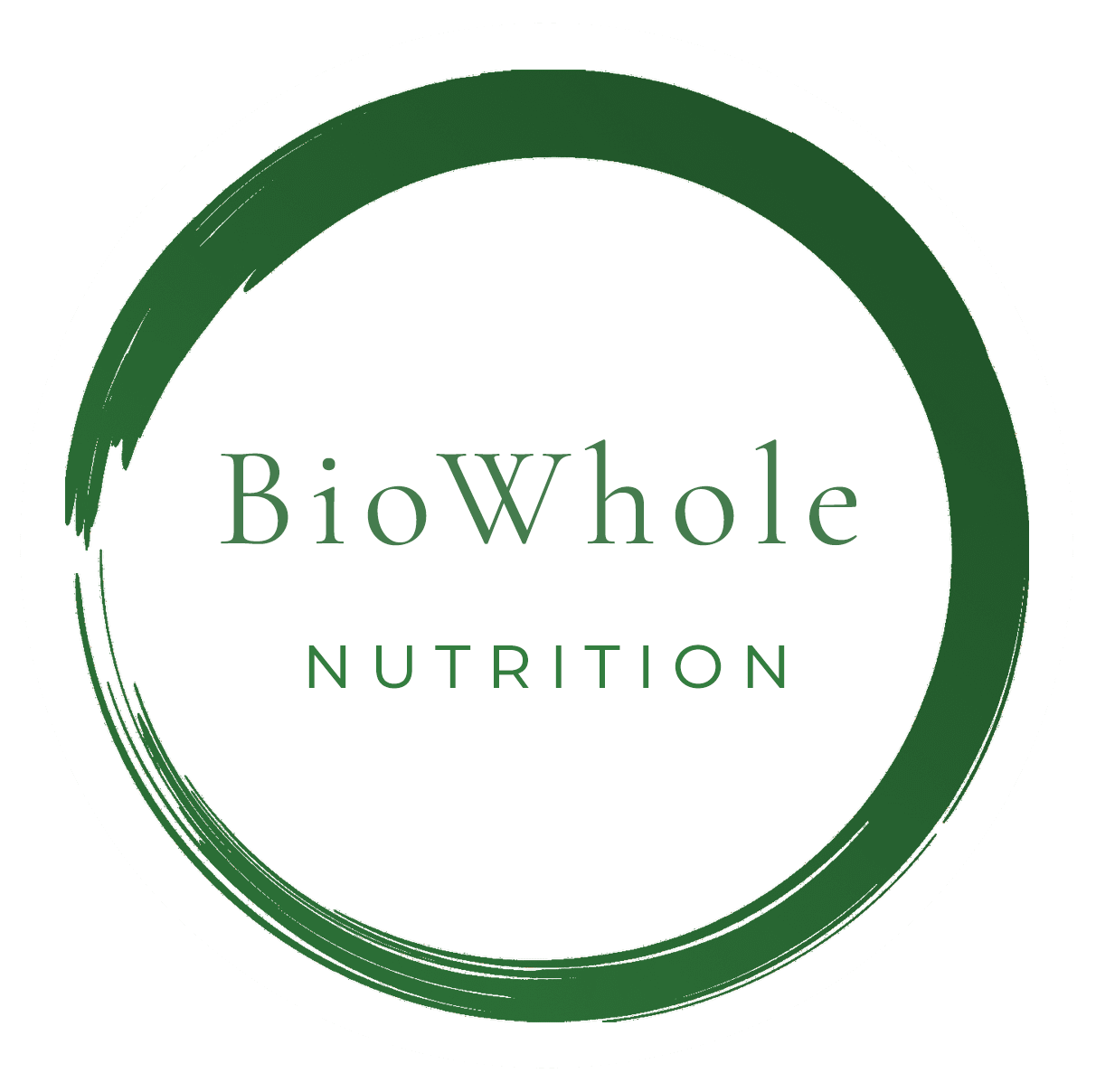
Many of you know that I am a huge fan of the ketogenic diet, not only for general brain health but also for improved energy, weight loss and improved gut microbiome. I have been using this diet with my clients and have been on top of research for many years now. Every year I attend the metabolic health summit, which is a conference specifically for low-carb and ketogenic practitioners and researchers. With respect to the ketogenic diet, we have seen a numerous amount of excitement with brain health including depression, anxiety, Alzheimer’s, and the more complicated schizophrenia. Metabolic psychiatry and its link with mental health has me very excited about the future of brain health. Whilst mental health is something that I address on an on-going basis through my therapies, I can only wonder how many individuals are still in disbelief that food plays a role in brain health. The brain and body are interconnected, and today’s blog is about the mental health benefits with low carb/ketogenic diets. Metabolic psychiatry is an area where low-carbohydrate and ketogenic diets shine immensely and are a huge passion of mine.
The ketogenic diet is a diet high in healthy fats, low in carbohydrates and moderate in protein. The changes in the proportion of macronutrients leads to a term knows as “glucose sparing” and enhanced production of ketone bodies from the conversion of fatty acids. This metabolic state is known as “nutritional ketosis”. There are three primary ketone bodies produced in the body. Acetone, acetate and beta-hydroxybutyrate. Vigorous research in this field shows that the ketogenic diet can have positive effects on brain functions and organs, through the production of above mentioned ketone bodies. The body’s switching of fuel source, from glucose to fatty acids provides an alternate source of fuel for the brain and may reverse some of the damage that occurs with neurological aging. As we get older, we get more insulin resistant (IR) and this IR is prominent in the brain. Hence the neurons aren’t able to use glucose as well and could benefit from perhaps using fatty acids as fuel. Gaining popularity in the context of neurological diseases such as epilepsy, dementia, Alzheimer’s, Parkinson’s and ALS, ketogenic diets have shown in clinical research to modulate the levels of inflammation in the body, change gene expression and influence the gut microbiome in a positive way. All in all, a very positive way forward.
There are many variations of a ketogenic diet and I use an intake questionnaire to gauge what levels of macronutrient manipulation would work for the client. We have a 1:1, 2:1, 3:1 4:1 (traditionally used for epilepsy) and various other lenient forms of the KD such as modified Atkins, and the Medium Chain Triglyceride diet. These ratios are basically the gram of fat in relation to the gram of protein + carbohydrate. Whilst this diet was initially brought into light through the epilepsy world, it’s gained a lot of popularity in the neuro-psychiatric world, as through its mechanism of action, it targets the neural pathways needed to restore brain health.
If we take the etiology of depression as an example, we realize that it is multi-fold. There are genetic, social and environmental links, mediated by a change in the hypothalamus, as measured on my hormone testing. We also see on our hormone panels, and through research that poor methylation, which is important in making neurotransmitters, can also be linked with depression and other neurological symptoms. Studies show that individuals with depression, also suffer from changes in brain circuitry, and more stress in their bodies. One of the common themes, in the etiology of depression is the fact that there is mitochondrial dysfunction through all its contributors. Mitochondria are the powerhouse of our cells which produce energy. If there is lack of energy or insufficient energy, there can be links with depression, anxiety, migraines, or any neurological setback for that matter. The brain is a powerhouse of energy and is the most energy demanding organ of the body. There is no surprise that when the body is in an energy deficit, the first symptom may be neurological.
The common theme in any disease state is mitochondrial dysfunction. Ketogenic diets have shown in research to enhance mitochondrial health, as the body doesn’t need to convert glucose into a by product which enters the mitochondria, the energy creating powerhouse of our cells. Fatty acids can enter the mitochondria through acetyl Co-A, which is an intermediate molecule in the Krebs cycle. The burning of fatty acids, creates less oxidative stress and reactive oxygen species for the body. Having metabolic flexibility or just plain ketones in the brain, could not only restore brain health but also restore the physical and structural changes in the brain, which happen through time and even through aging. So, how does this apply to my female population? Well, if you look the statistics of of brain health between men and women, women are more likely to suffer from depression, anxiety, and neurological changes especially through hormonal fluctuations.

Given my love for everything ketogenic, I am also excited to announce that I am now partnered with Keto-Mojo and will be offering a 20% discount on their ketone/glucose kits. These are simple ways of being able to test your glucose and ketones and I highly recommend it if you are looking to optimise your metabolic health. I personally have been using ketone testing for about 6 years now on myself and love the fact that I can precisely test my ketones and adjust my diet accordingly. This device can be linked to a keto-mojo app, which then can be linked to a master program accessed by me. This is in hopes that having the accountability of your nutritionist checking your blood glucose and ketones, gives you a little more experimentation liberty. I am absolutely thrilled to be able to provide this service to my clients in this desire of improving metabolic health. If you are looking to buy a ketone meter or need more information on this, please feel free to reach out to me and I would be happy to speak with you and show you how it’s done. If you would like to order a ketone/glucose testing bundle, please use the link below:
As always, stay metabolically healthy!
